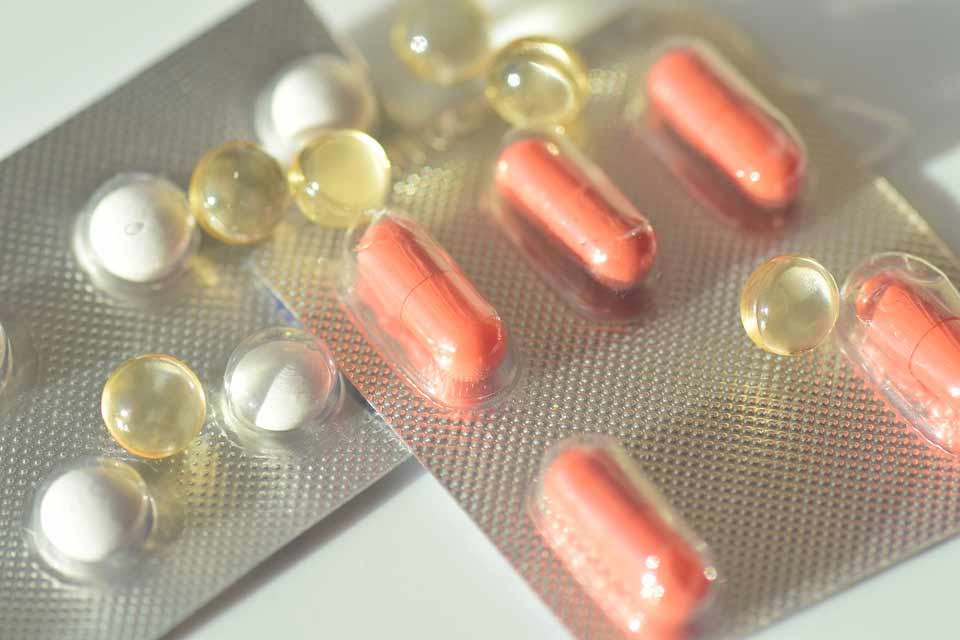Scientists have developed a stamp-sized device that can be used to catch early signs and symptoms of the coronavirus and help monitor patients as the illness progresses. The device comprises of a suite of sensors, including ones that record body temperature and blood oxygen levels.
The scientists, including John A Rogers from Northwestern University in the US, said they have tested the novel device on more than 50 physicians, rehabilitation specialists, and patients at the country’s Shirley Ryan AbilityLab and at the Northwestern Memorial Hospital.
According to an article published in the journal Science Advances, the sticker-like medical device, which is of the size of a postage stamp, is soft, flexible, and sits just below the suprasternal notch – the visible dip at the base of the throat. The scientists said this part of the throat is an ideal location for monitoring respiratory health using the device which is wireless and streams symptom data to physicians.
ALSO READ | Lack Of Transparency In Subject Expert Committee Formed For Approval Of COVID-19 Drugs: AIDIAN
“The device measures very tiny vibrations on the skin and has an embedded temperature sensor for fever,” Rogers said. “As you cough and breathe, it counts coughs, monitors the intensity of cough and senses laboured breathing. The location on the throat also is close enough to the carotid artery that it can measure mechanical signatures of blood flow, monitoring heart rate,” he added.
“It’s a suite of clinical-grade sensors wrapped into one small device. And once it’s placed on the throat, people don’t even realize that it’s there,” Shuai Xu, a dermatologist at the Northwestern University and also a part of the research team, said.
From tests conducted so far, the researchers said they have collected 3,000 hours of data, which they said will continue to strengthen the device’s algorithms. Eventually, they believe the self-learning algorithms will become smart enough to distinguish between a COVID-like cough and more benign coughs from allergies, colds or dryness. The researchers noted in a statement that they expect to test 500 subjects by the end of the year.











